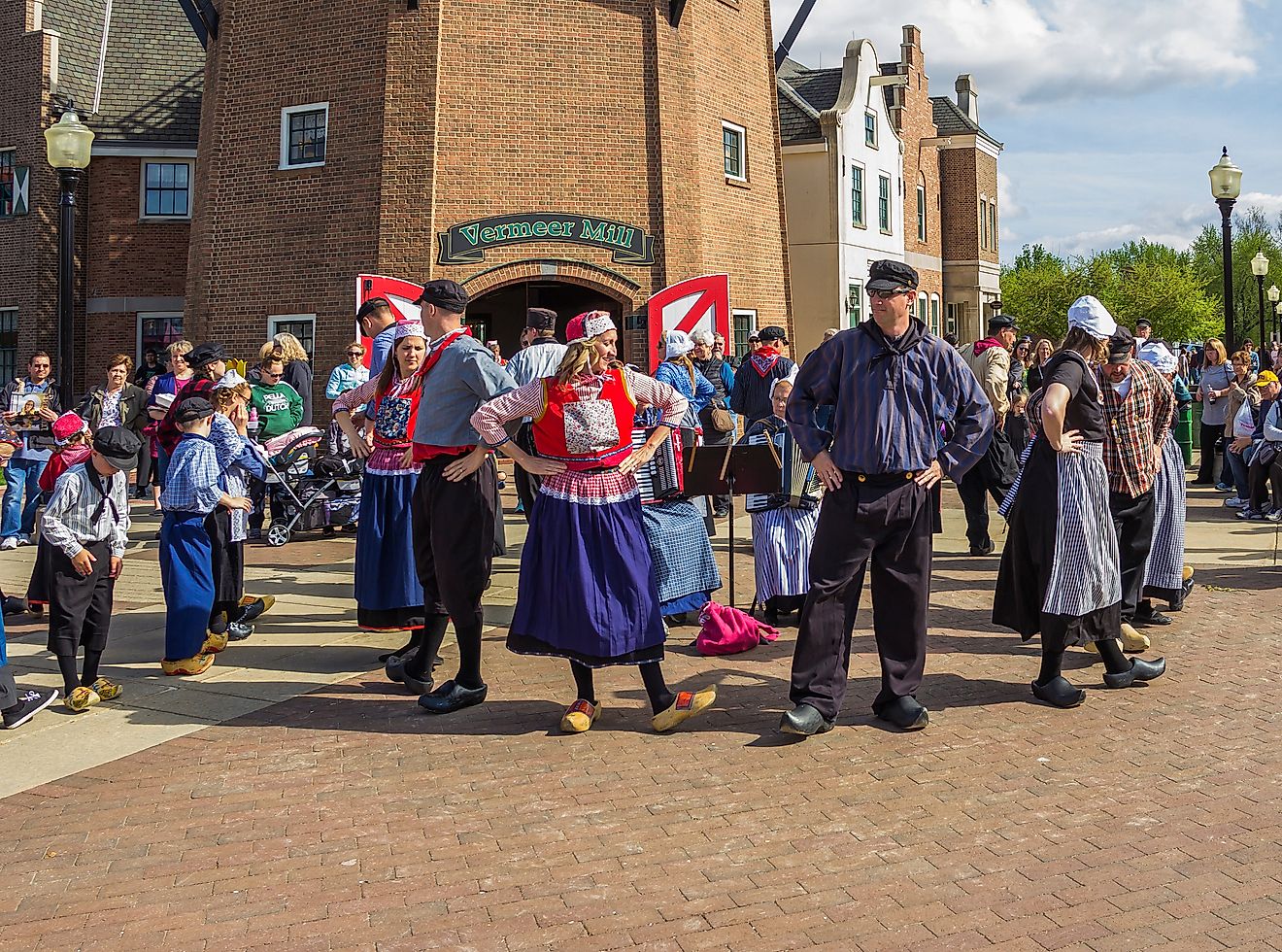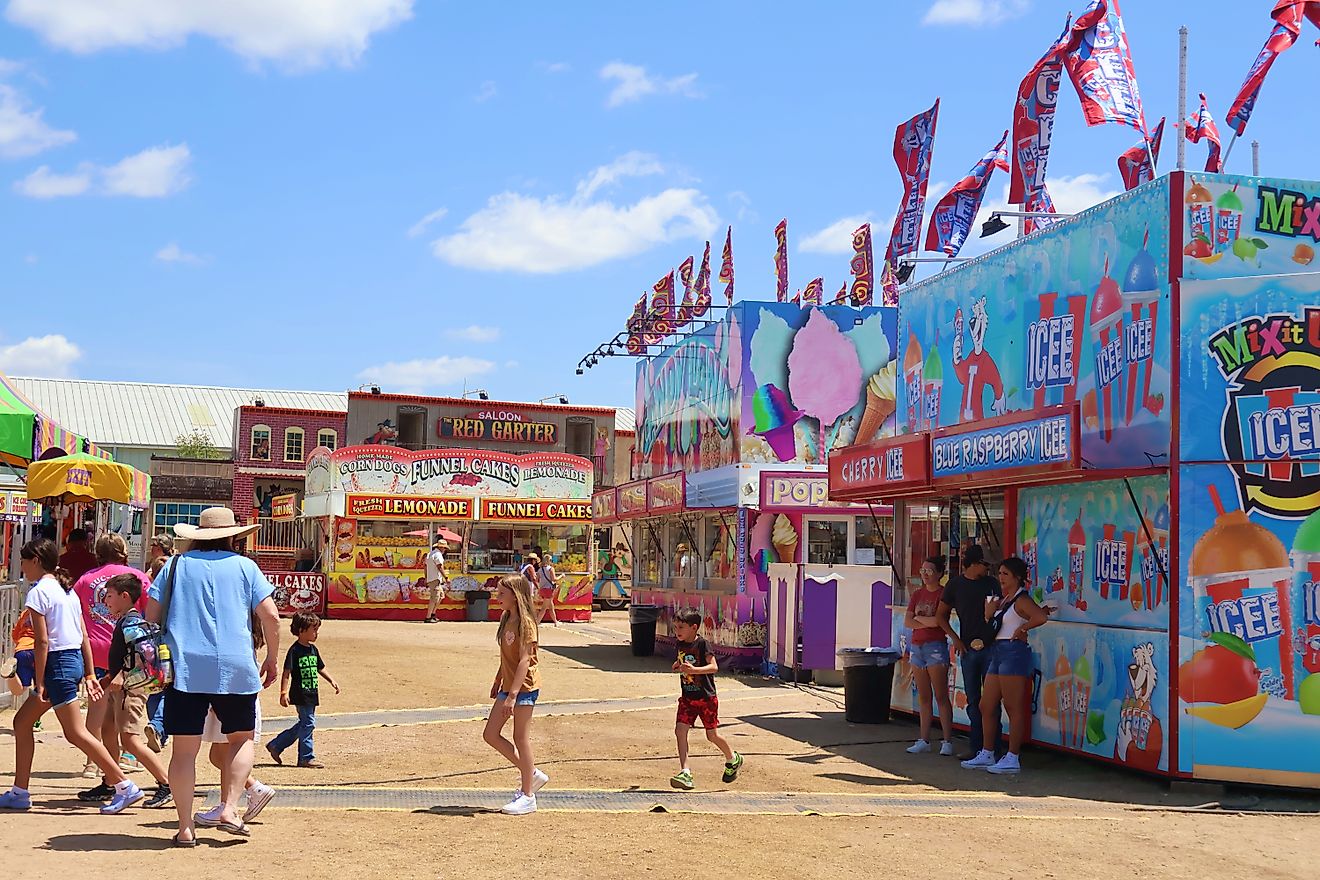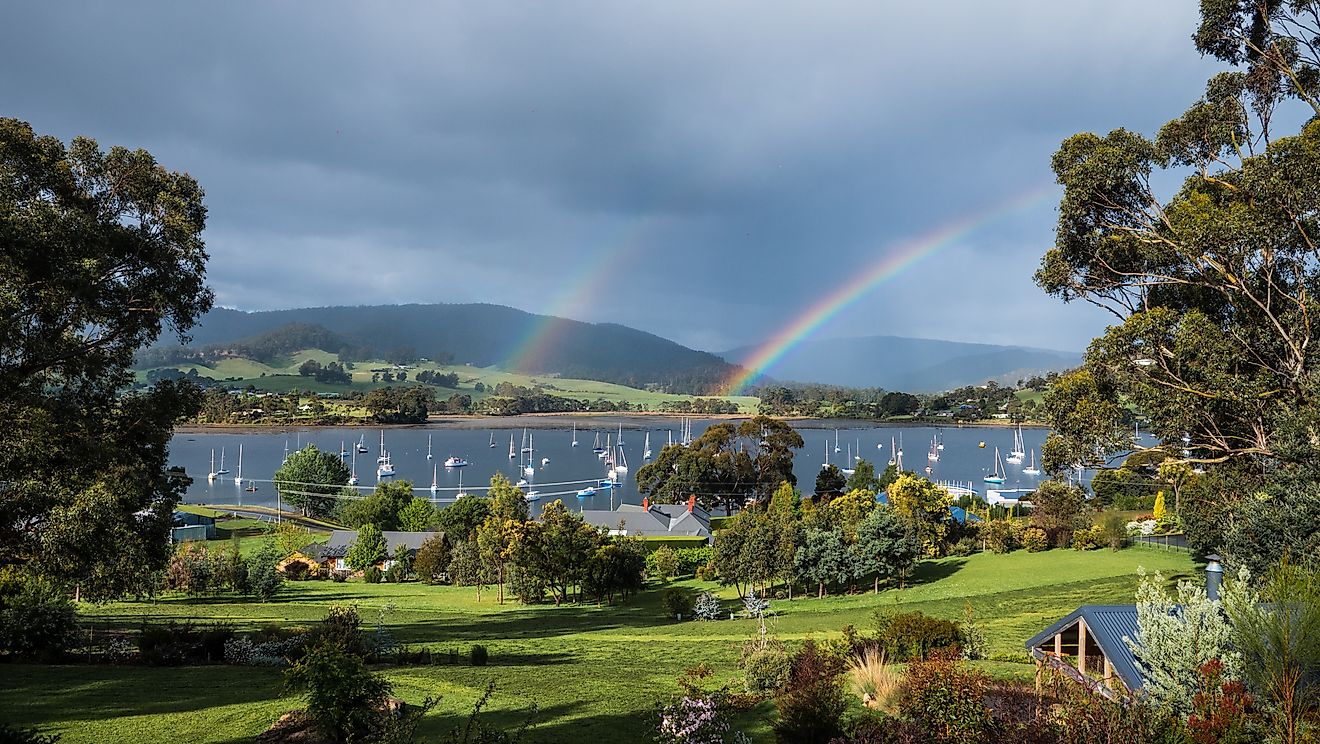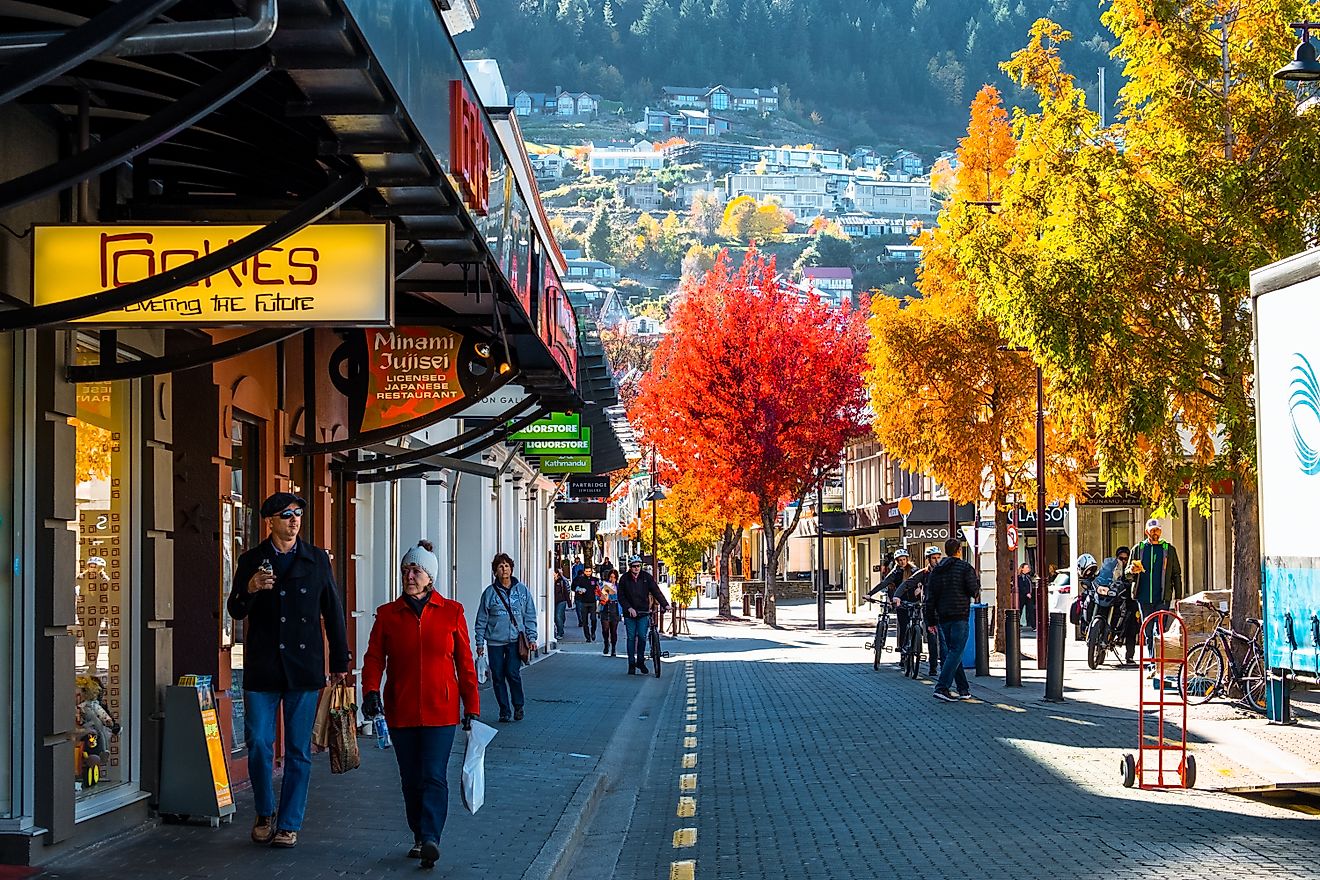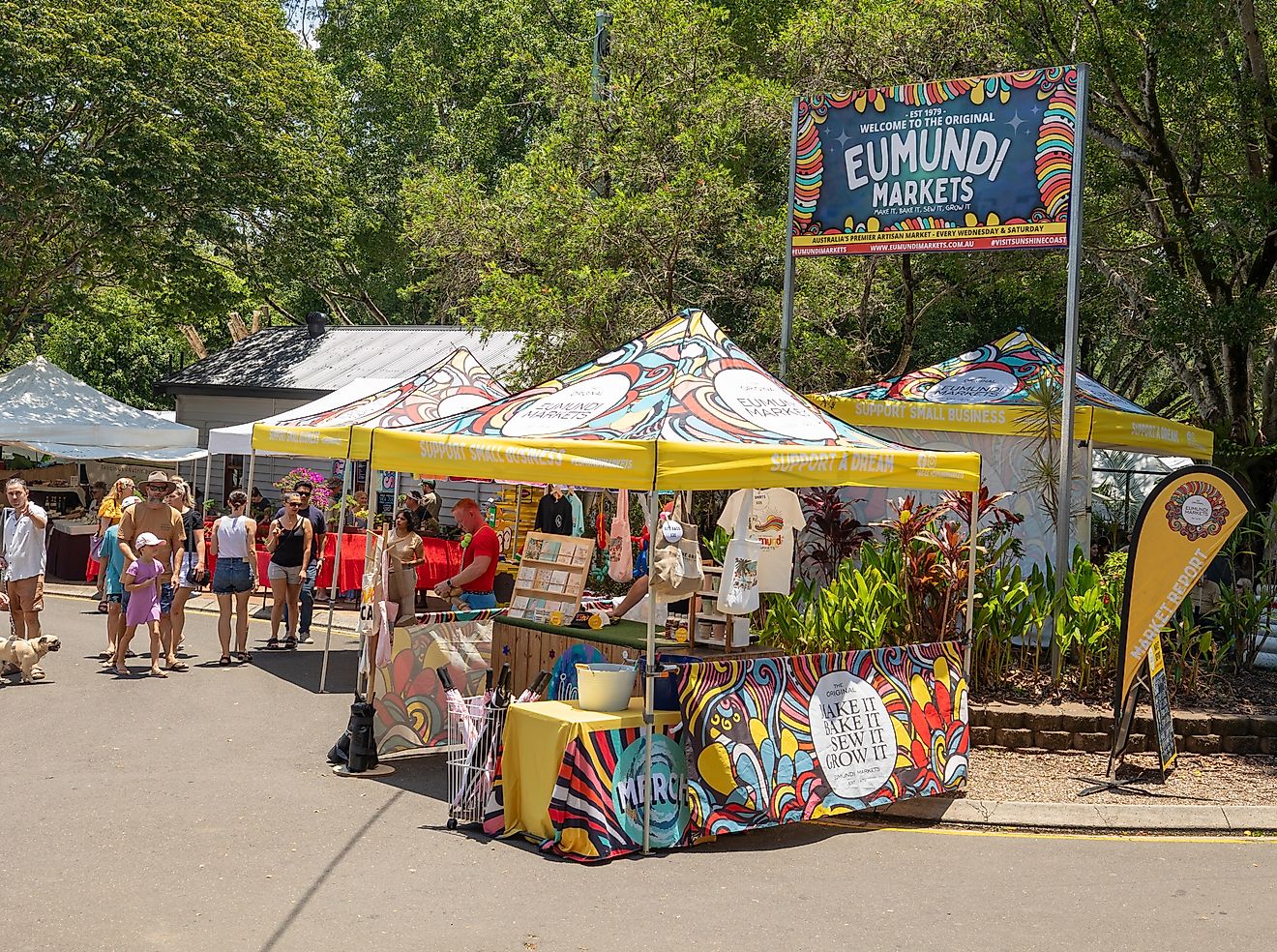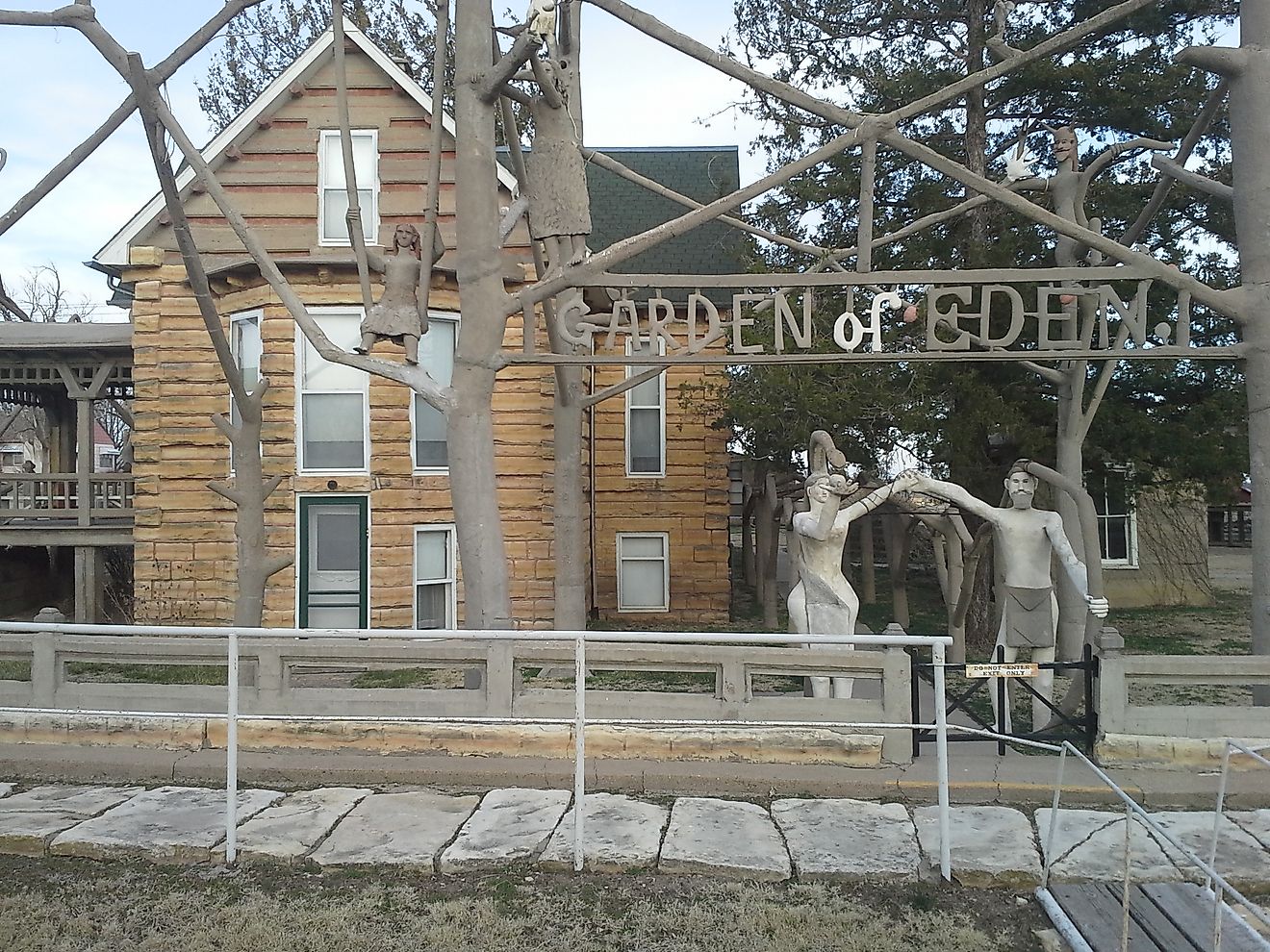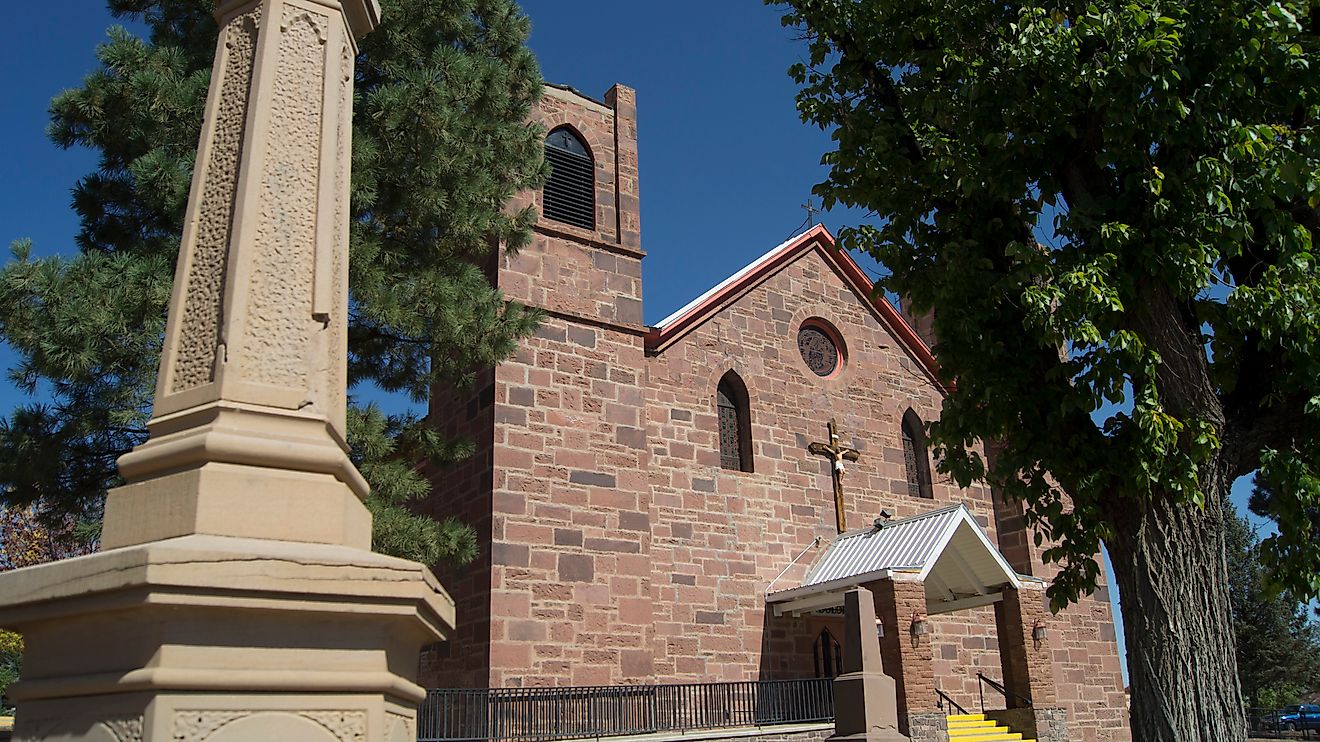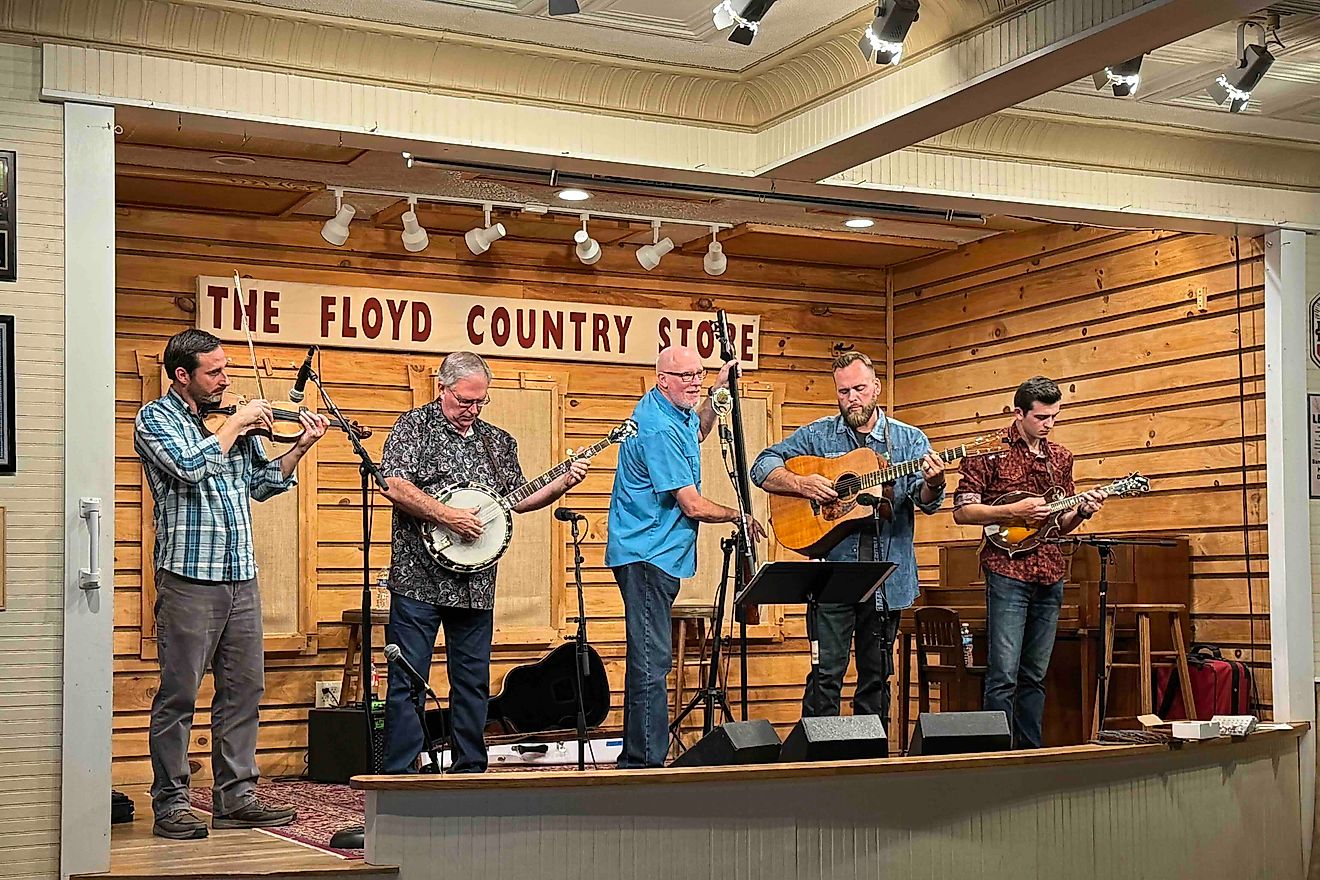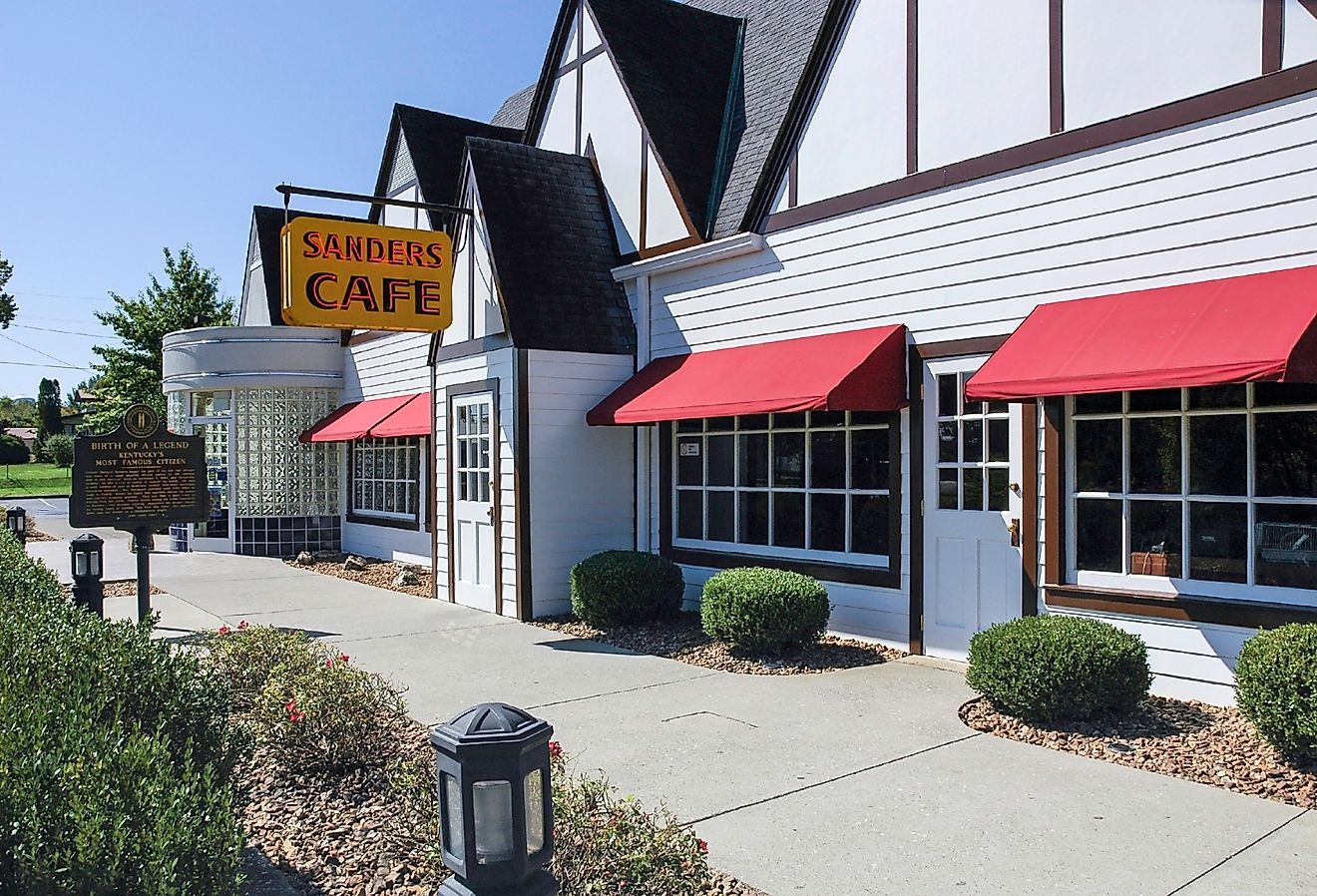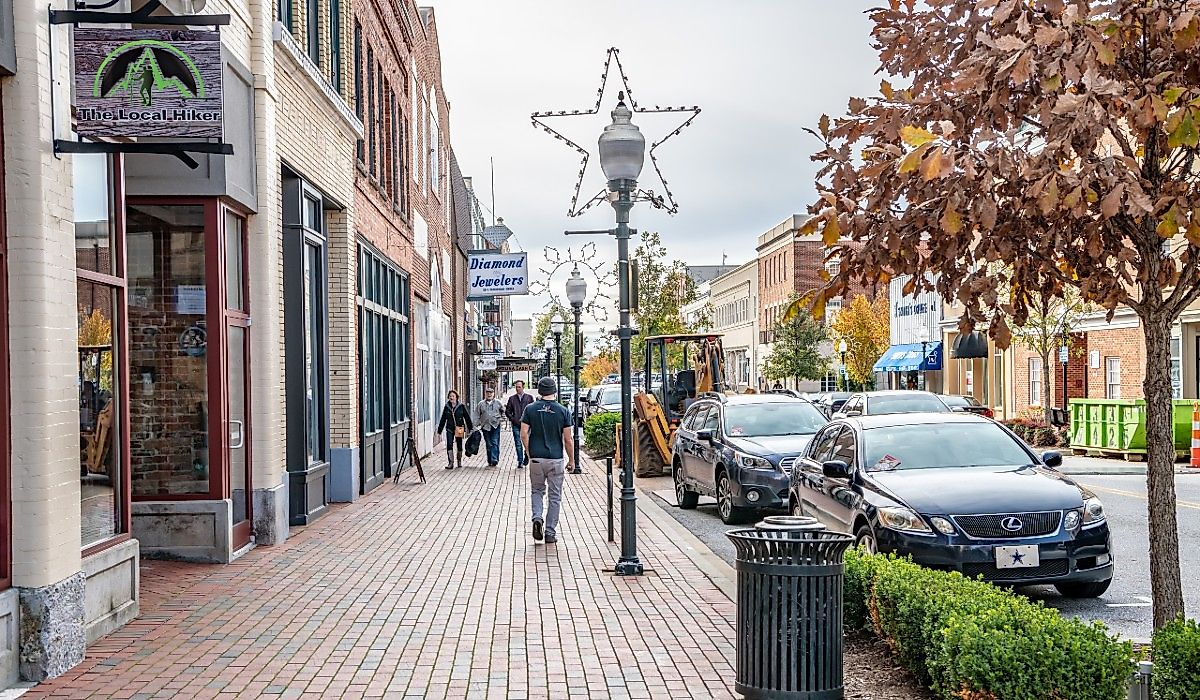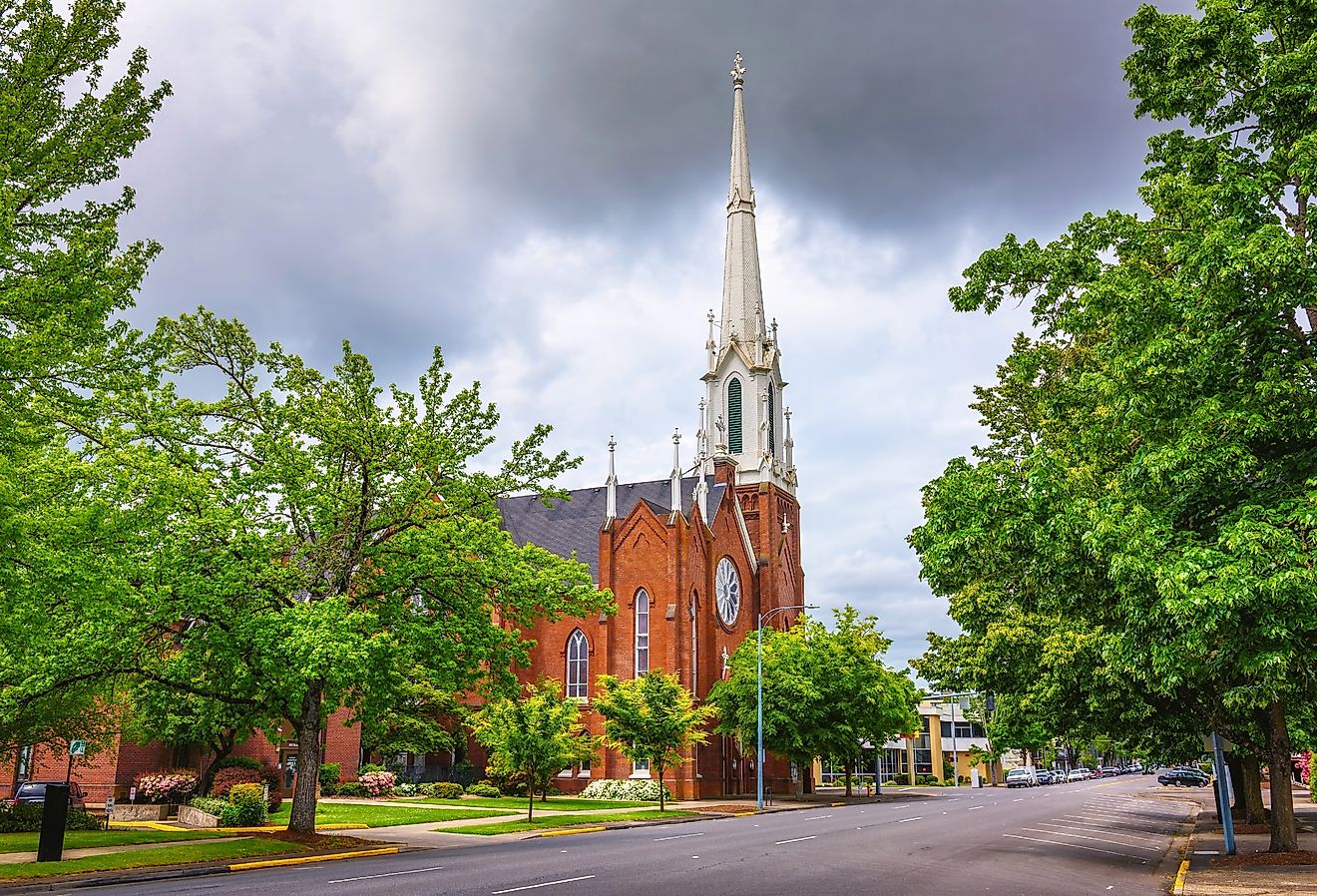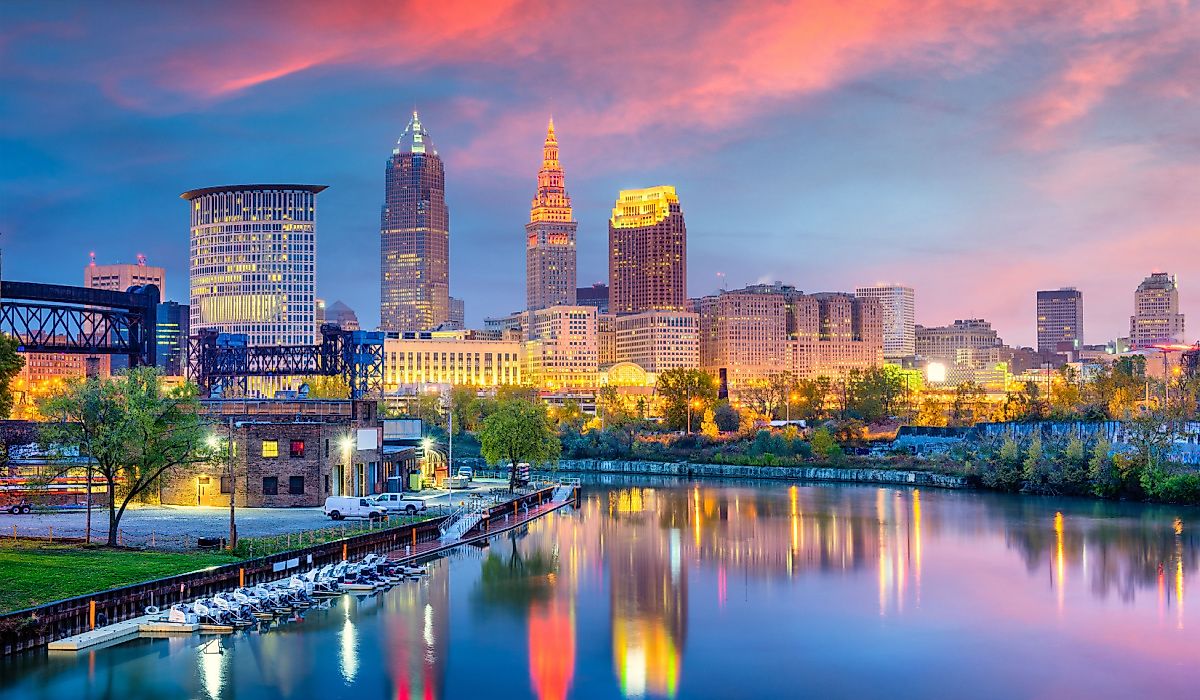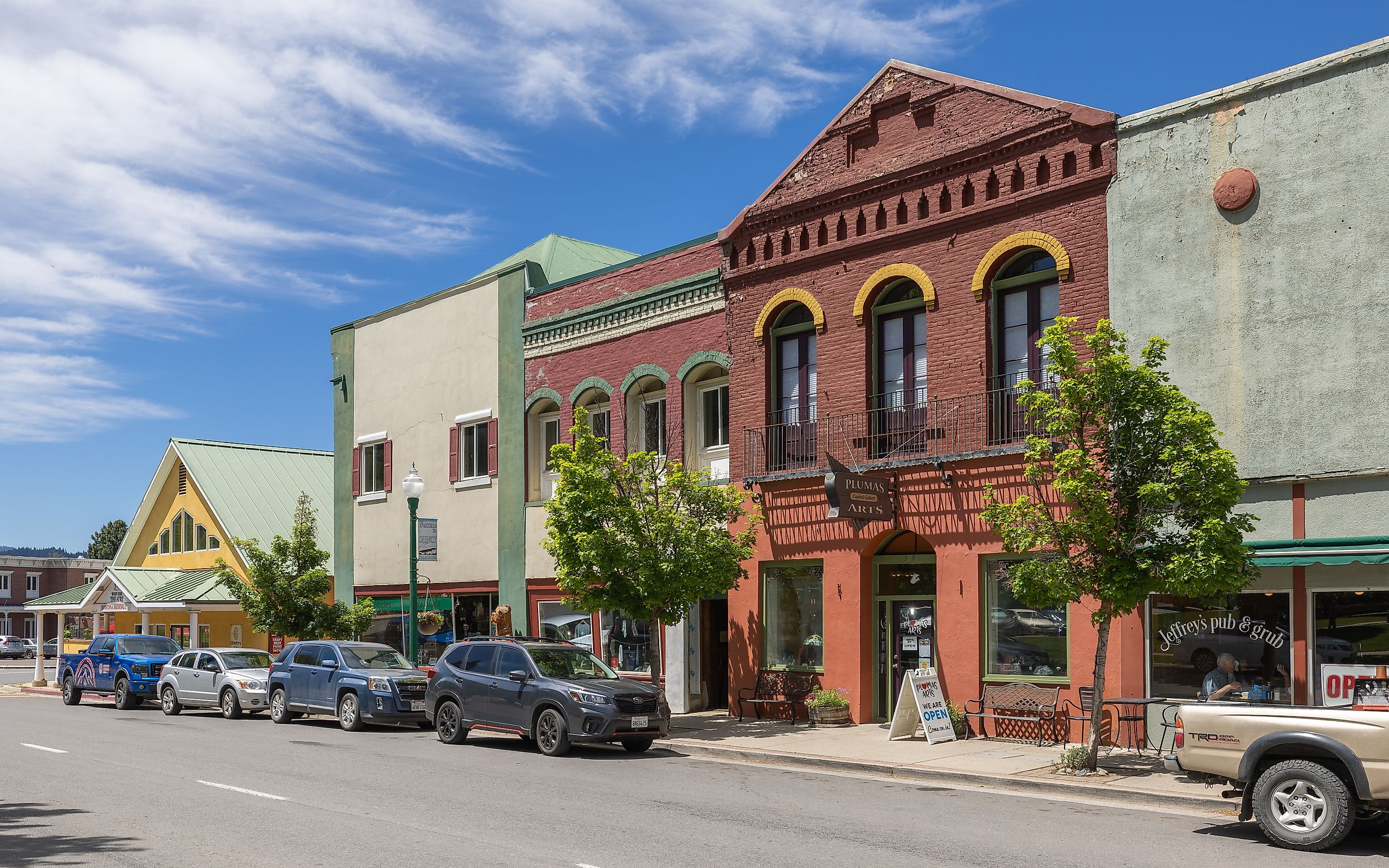
9 Sierra Nevada Towns With A Slower Pace Of Life
Highway 395 and the Gold Rush Back-Country Byway trace the same granite spine, yet they feel like two different centuries stitched together by asphalt. On one side of the Sierra Nevada crest, Teslas scream toward Tahoe; on the other, water still decides when mail arrives and a single snowplow can silence an entire county. That thin ridgeline hides a string of California settlements where the loudest evening sound is an irrigation ditch turning under moonlight. Forget the resort towns with lift tickets that cost more than rent: this itinerary detours into nine high-valley enclaves that never traded their mule-pack tempo for a marketing slogan.
The following guide unpacks why Bishop, Mammoth Lakes, and seven other mountain hamlets remain immune to hurry, offering four concrete experiences in each town to prove that slower doesn’t mean duller, just deliberately lived.
Bishop
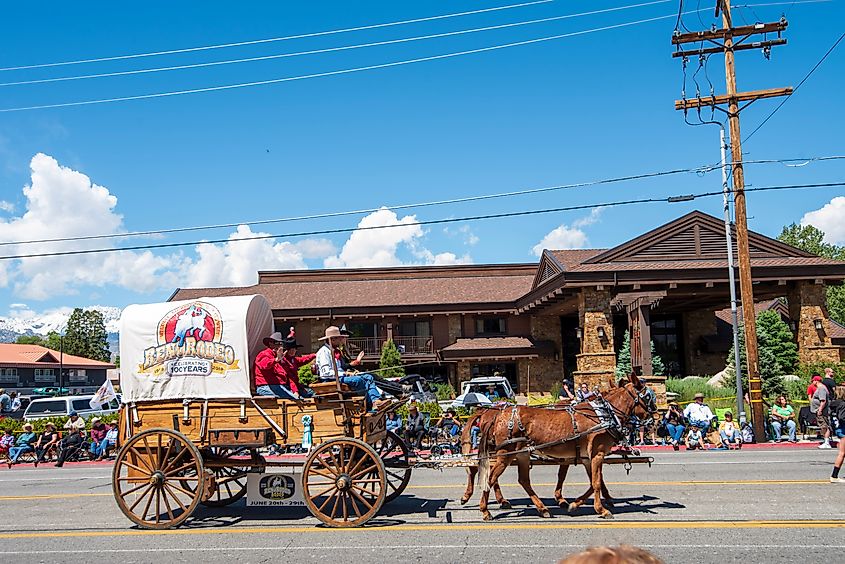
Bishop sits where the Owens River escapes the Sierra, and that confluence of desert and granite controls the tempo: ranch ditches trace every backyard, and first light reddens the Palisades long before engines start. Federal surveys still record more pack mules than stoplights, and the 1923 slogan "Small Town with a Big Backyard" remains unchanged on Highway 395. Each April, teenagers ride market steers through downtown for the Tri-County Fair Rodeo grand entry, proof that calendars here still bend to snowpack and stock rather than quarterly reports. Even at mid-day, courthouse bells drift farther than traffic noise, and most addresses sit within a ten-minute walk of open pasture.
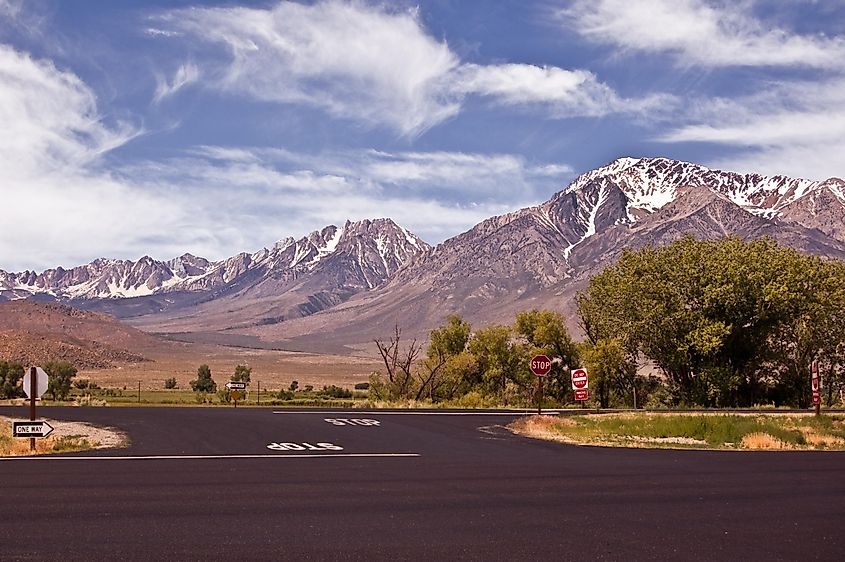
Begin with a cardamom loaf at Erick Schat’s Bakkery, established 1938, while climbers purchase sheepherder bread for Buttermilk circuits. Stroll three blocks to the Eastern Sierra Interpretive Association to examine Carrie Bethel’s 1890 willow water jar displayed under low-watt LEDs. Drive seven minutes to Laws Railroad Museum and ride the Baldwin 4-6-0 "Slim Princess" along demonstration track encircling the original 1883 depot. Conclude under cottonwoods on the Inyo County Courthouse lawn; locals pitch horseshoes beside irrigation laterals, and the tower’s Seth Thomas clock still marks five precisely with a hand-wound strike.
Mammoth Lakes
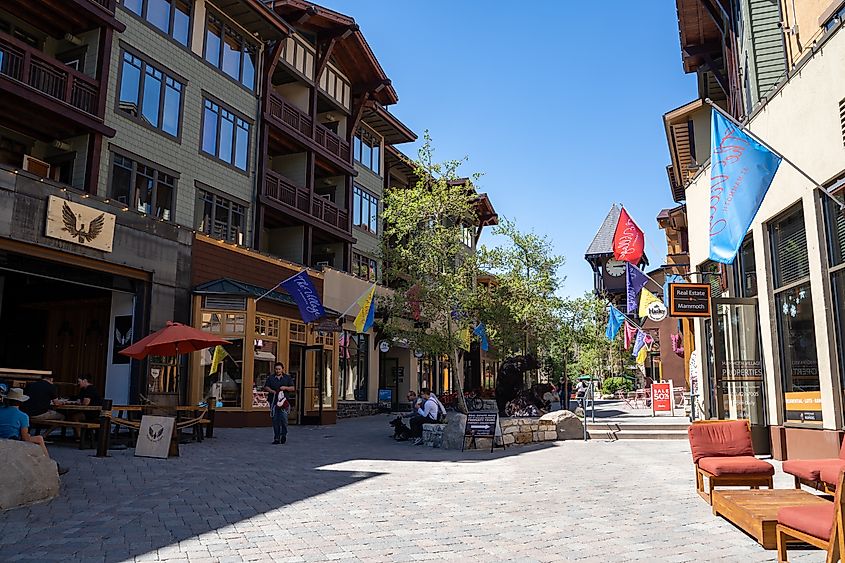
Mammoth Lakes exists more as a high volcanic caldera than a conventional municipality, and the daily pace reflects that geological patience: fumarole steam rises from Horseshoe Lake while breakfast cafés still darken their windows against the alpine sun. Town incorporation came only in 1984, after local voters rejected four earlier attempts, so ordinances remain spare, and offseason foot traffic can be counted on one hand beneath 11 053-foot Mammoth Mountain. Earthquake swarms in 1980 cracked sidewalks but never hurried residents; they simply shifted porch chairs to watch gas vents pulse across the pumice plain.
Order a single-origin pour-over at Black Velvet Coffee, whose roaster sits seven thousand feet above sea level, then cross Main Street to the Mammoth Lakes Welcome Center to inspect a full cutaway of the 19,000-year-old Bishop Tuff. Descend for lunch at The Warming Hut; its menu’s "blistered shishitos" borrow heat from the underlying magma chamber. Finish at the Mammoth Museum in the Hayden Cabin, 1921, listening to Historic Route 203 quiet after the last shuttle departs Devil’s Postpile, yielding silence.
Nevada City

Nevada City keeps its original 1850s street grid intact, and the absence of suburban sprawl lets courthouse chimes carry unimpeded across the ravine. The town installed California’s first electric streetlights in 1877, yet today fireflies outnumber traffic signals, and miners’ brick storefronts still house family deeds recorded before statehood. Weekly council agendas are read aloud on KNCO radio, preserving a civic tempo closer to Morse telegraph than fiber-optic cable.
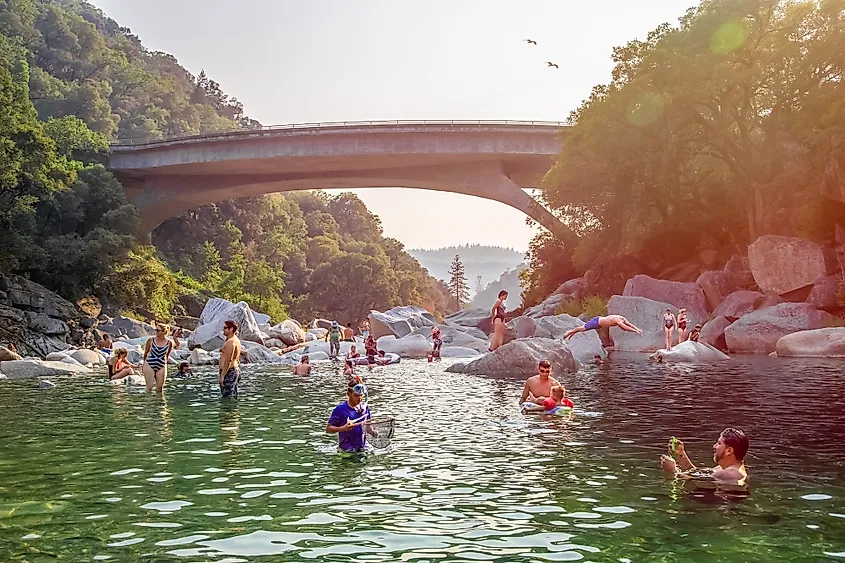
Sip a choice espresso at the Outer Heaven Espresso, A Nevada City hub serving intentionally roasted, small-batch coffee and creative drinks designed to foster community and conversation. Then, stop by Nevada County Narrow Gauge Railroad Museum to examine Engine 5, a 1901 Baldwin still bearing Sierra mica paint. Cross Spring Street for lunch at Ike’s Quarter Café; the menu’s étouffée honors the Creole stonemasons who rebuilt town walls after the 1863 fire. Continue uphill to the Firehouse No. 1 Museum; its hand-pulled Amoskeag steamer saved seventy-three buildings during the 1898 Chinatown blaze. Finish the afternoon on the Miner’s Trail behind Deer Creek Tribute Trail Suspension Bridge, where tailrace timbers remain undisturbed and kingfishers drown out cell reception. Dinner, if you stay, belongs to Lola Dining in the historic National Exchange Hotel, offering elegant, high-spirited dining with a modern, locally-sourced Californian menu.
Quincy
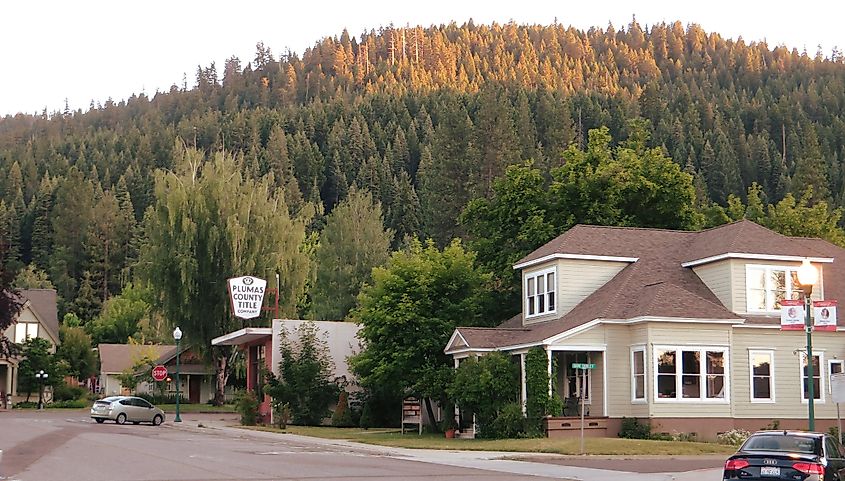
Quincy occupies the only true meadow along California Highway 70’s Feather River canyon, and that clearing still hosts the Plumas-Sierra County Fair each August without a single temporary stoplight. The 1854 courthouse stands unreinforced on glacial till, yet seismograms show no meaningful tremor since records began; quiet is physical here, not metaphorical. Freight horns from the Feather River Route call twice daily, perfectly replacing sirens in marking local hours, and cedar smoke from backyard stoves outpaces cell service by dusk.
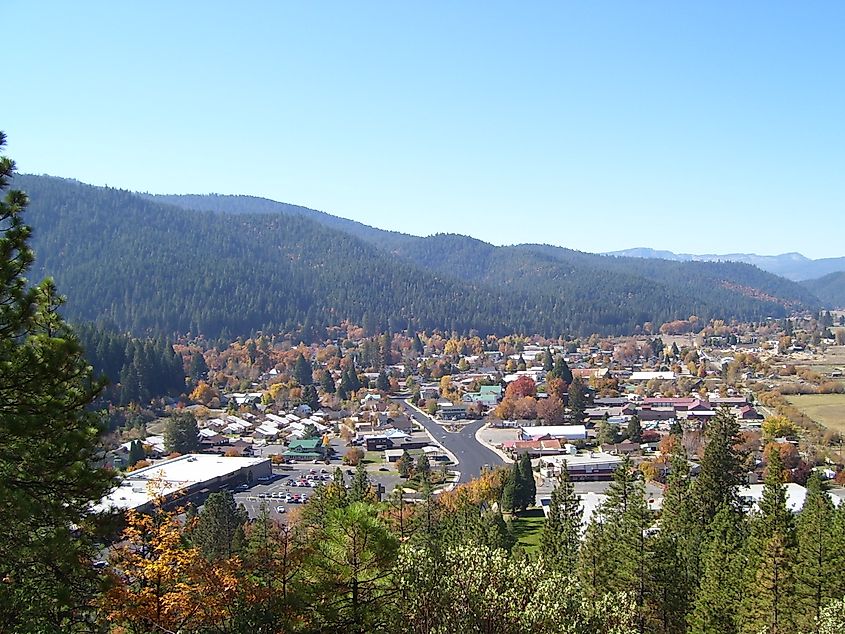
Begin with a Sumatra drip at Midtown Coffee, a beloved local spot offering artisanal coffee, pastries, and a cozy community hub. Cross Main Street to the Plumas County Museum, whose curator prints visitor cards on an 1878 Chandler press powered by foot treadle and keeps the county’s first gold bar in a walnut case. Lunch at The Knook, a charming cafe known for its generous portions of delicious, hearty sandwiches and homemade soups. Finish at Pioneer Park’s ball diamond with the Over-50 softball league; teams change sides without umpires, church bells from Saint John’s supply commentary, and low ground fog pinches the outfield before anyone tallies the score. Afterward, maple leaves drift across Jackson Street like clocks.
Graeagle
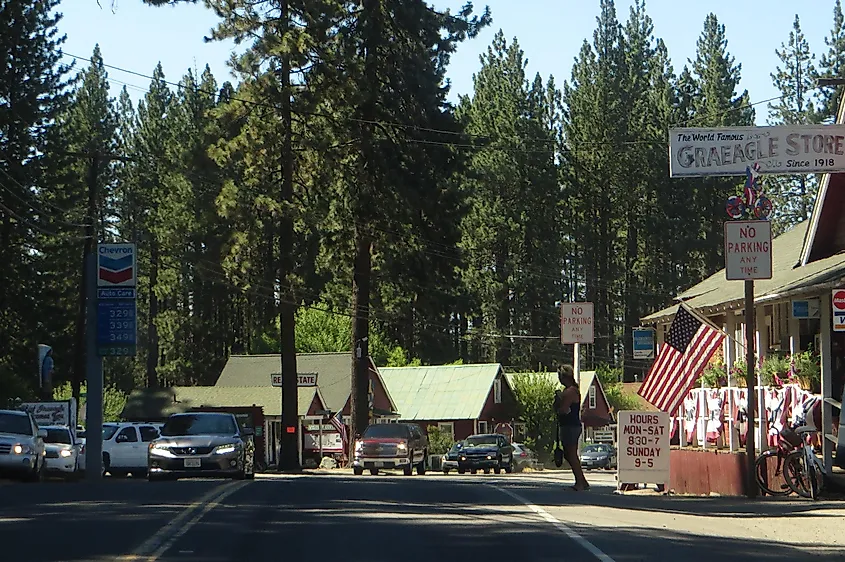
Graeagle began as the 1916 company town for the California Fruit Exchange’s lumber division, and the scarlet board-and-batten homes lining Highway 89 remain identical in spacing because payroll once deducted rent by the inch. When the mill closed in 1956, owners simply locked the gates and left; the unaltered grid now functions as an open-air archive where canine walkers outnumber vehicles most afternoons. The original whistle, mounted near the firehouse, still blows at noon though nobody punches a clock.
Start at Graeagle Frostee, a cinder-block stand opened 1952, and order a huckleberry milkshake before breakfast crowds from Reno arrive. Walk two minutes to Mill Pond, the former log-soaking basin, now stocked with rainbow trout by the local chapter of Trout Unlimited; benches remain without plaques. Drive three miles south to Plumas-Eureka State Park’s Museum and climb the reconstructed Mohawk Stamp Mill stairs while ranger Warren Drew demonstrates the historic Berdan pan. End the day at The Brewing Lair, an outdoor brewery on a 15-acre pine ridge; disc golf baskets mark the old narrow-gauge right-of-way, and lanterns illuminate cask lists only when night temperatures drop below fifty.
Downieville
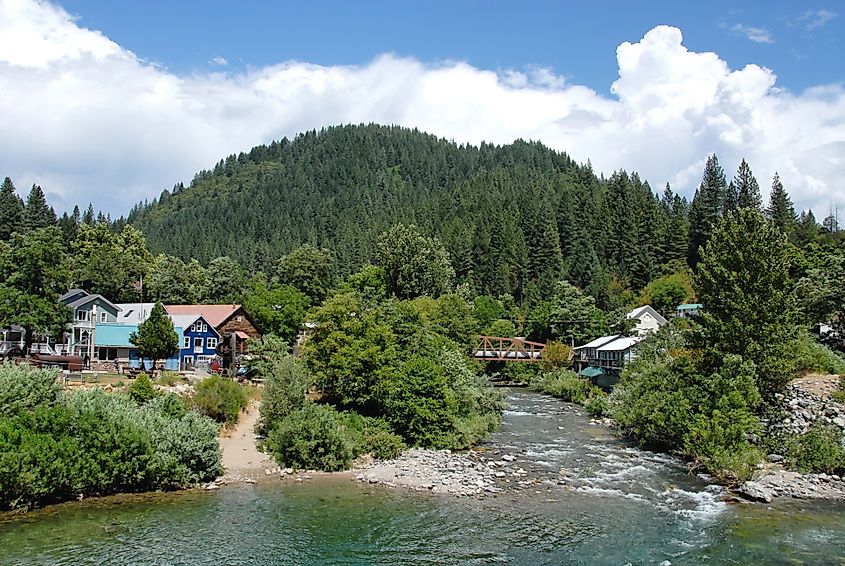
Downieville occupies a narrow bench above the confluence of the Downie and North Yuba rivers, and the lack of room for sprawl anchors daily life to a single 1860s main street. Gold-rush miners once floated fifty-pound nuggets through sluice boxes here, yet modern traffic counts seldom reach five hundred per day. The 1852 wire-rope suspension bridge, first of its kind west of the Mississippi, still carries pedestrians, its timber decking humming louder than any engine. Every July, residents barricade Commercial Street for the Downieville Classic, a mountain-bike race where participants must finish on the same frame they climbed and descended, preserving the 19th-century pack-mule ethic.
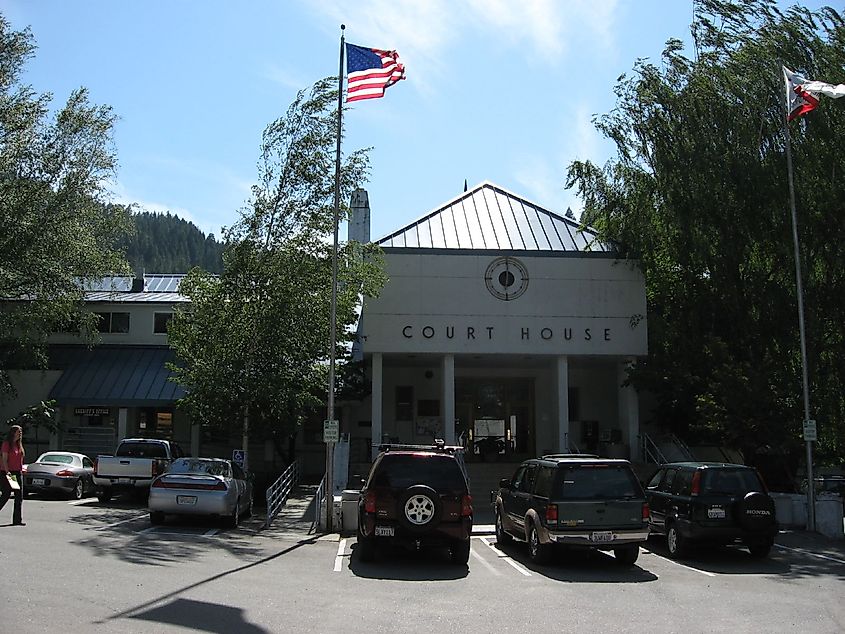
Begin with a sourdough pancake stack at Two Rivers Café, whose picture windows frame hydraulic tailings that founded the town. Walk to the Downieville Museum inside the 1851 Craycroft Building; original bullion scales remain calibrated for demonstrations each Saturday at ten. Make sure to visit the Gallows Point swinging-bridge swimming hole; glacier-fed water stays sixty degrees through August, limiting conversation to essential words while granite walls echo them back before afternoon shadows claim the silent river stones entirely.
Markleeville
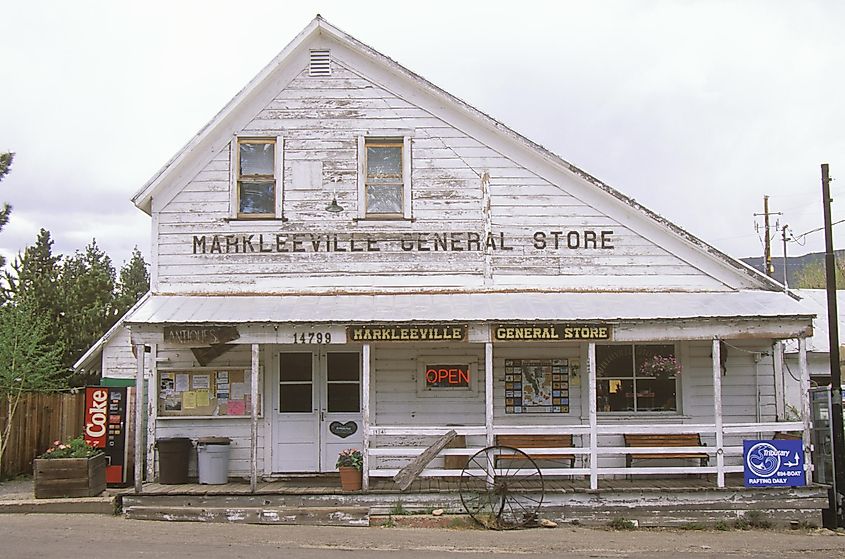
Markleeville serves as the Alpine County seat despite holding fewer residents than an average city block; county supervisors still meet in a log-sided chamber built from ponderosa pines felled within sight of the porch. The post office cancels fewer than ten outgoing parcels daily, and Carson River snow gauges, not stock indices, guide conversation at the general store. Each July, locals close State Route 89 for the five-pass Death Ride yet reopen it before twilight, restoring a silence broken only by Clark’s nutcrackers.
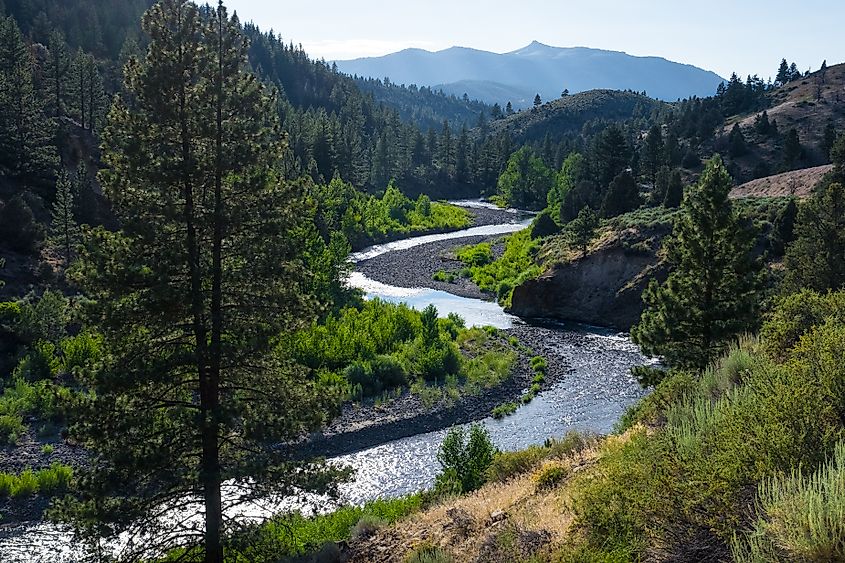
Start with trout hash at Stonefly, the eight-table café inside the town’s 1862 assay office. Stroll uphill to the Alpine County Museum; docent Judith Marvin unlocks the 1878 jail to demonstrate its hand-forged latch and passes around a 24-ounce bullion mold from Monitor Mine. Drive five minutes to Grover Hot Springs State Park and soak in the mineral pool where travertine tints the concrete chartreuse; an 1892 flume still diverts overflow to Markleeville Creek, audible from the lot. Finish at Hangman’s Bridge on the East Fork Carson; the span hums under dusk gusts, and cottonwood seeds drift like slow snow downstream each evening.
Bridgeport
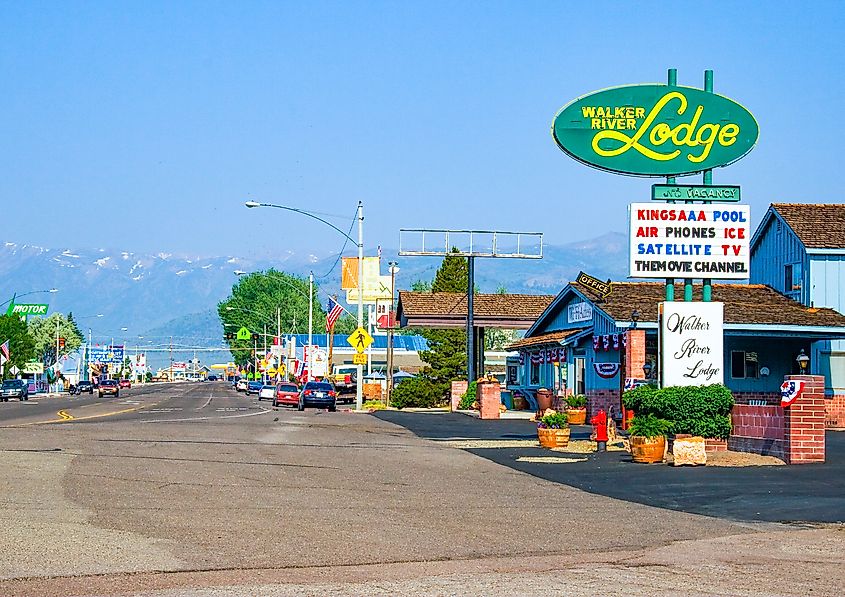
Bridgeport occupies the broadest high-sage valley in the Sierra, and its low skyline leaves the 1881 Mono County Courthouse dome as the only artificial intrusion on 360 degrees of sky. State auditors once tallied more registered cattle brands than household mailboxes, and dusk still smells of flood-irrigated alfalfa. The opening-day trout derby has run uninterrupted since 1947, formalizing a cadence already dictated by thaw cycles; even Highway 395 traffic slows here because the road narrows to two painted lines beside the century-old Robison House inn.
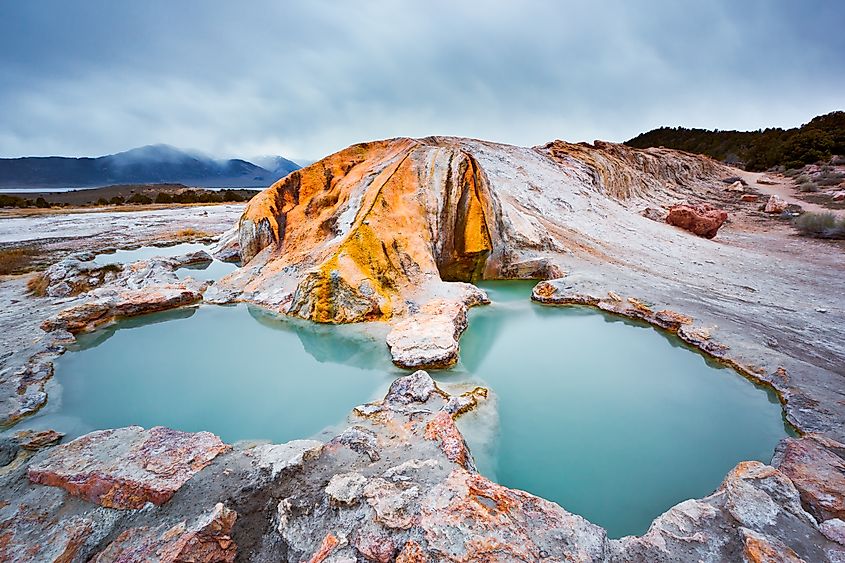
Order a chocolate-dip cone at Jolly Kone, a walk-up stand founded 1956 where ranch hands trade calving notes. Walk across Highway 395 to tour the Mono County Courthouse; the clerk still files water-rights deeds in leather-bound ledgers lifted from 19th-century oak cabinets, and a Seth Thomas clock chimes on hour. Drive two miles south to Travertine Hot Springs and soak in iron-rich pools rimmed by marble-colored bacterial mats that reseal at night. Return to Bridgeport Reservoir Marina for an evening drift.
Lone Pine

Lone Pine shadows the tallest peak in the contiguous United States, yet its signature skyline is the bouldered mirage of the Alabama Hills, where more than four hundred westerns were shot before digital compositing existed. Town blocks remain narrow because studio wagons once had to turn around between takes; the layout endures, and traffic rarely exceeds a trotting horse. Each October the Lone Pine Film Festival screens 16-millimeter reels on an outdoor sheet hung from 1883 Carson and Colorado telegraph poles. Evening air carries dust from the Owens Valley Dry Lake, slowing sound so train whistles from distant Keeler arrive half a beat late.
Begin at Alabama Hills Café with a chile verde omelet served on a pie plate, then walk next door to the Museum of Western Film History. Drive seven minutes south to the Eastern Sierra Interagency Visitor Center and examine the summit registry from Norman Clyde’s 1923 ascent preserved under archival glass. Finish the day around Diaz Lake County Park; the spring-fed alkali lake formed during the 1872 earthquake now mirrors Whitney’s granite crest while shore anglers trade weather notes instead of notifications.
Slow towns don’t reject progress; they simply insist that time remain a companion, not a tyrant. Each of these Sierra hamlets proves that culture survives without crowds, commerce thrives without clamor, and grandeur exists between café doors and trailheads. Choose one, linger longer, and measure days by mountains and horizons.
